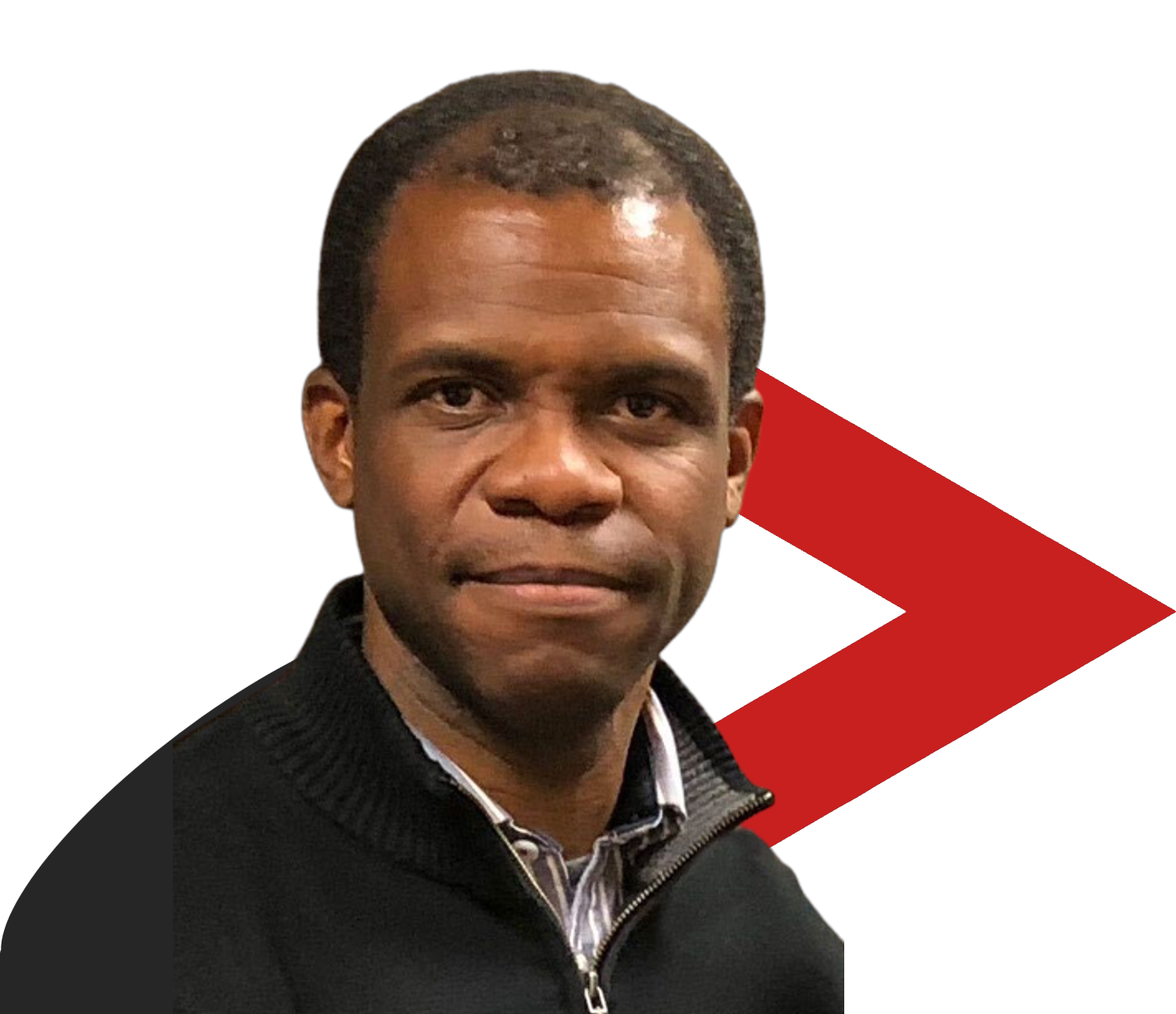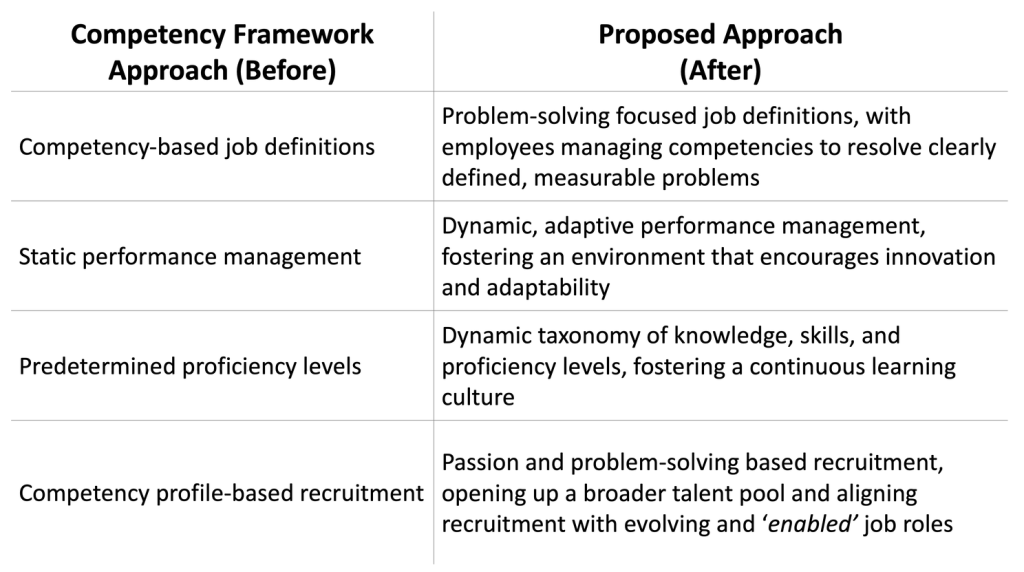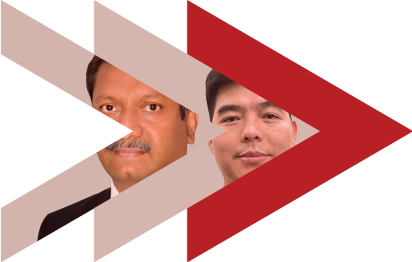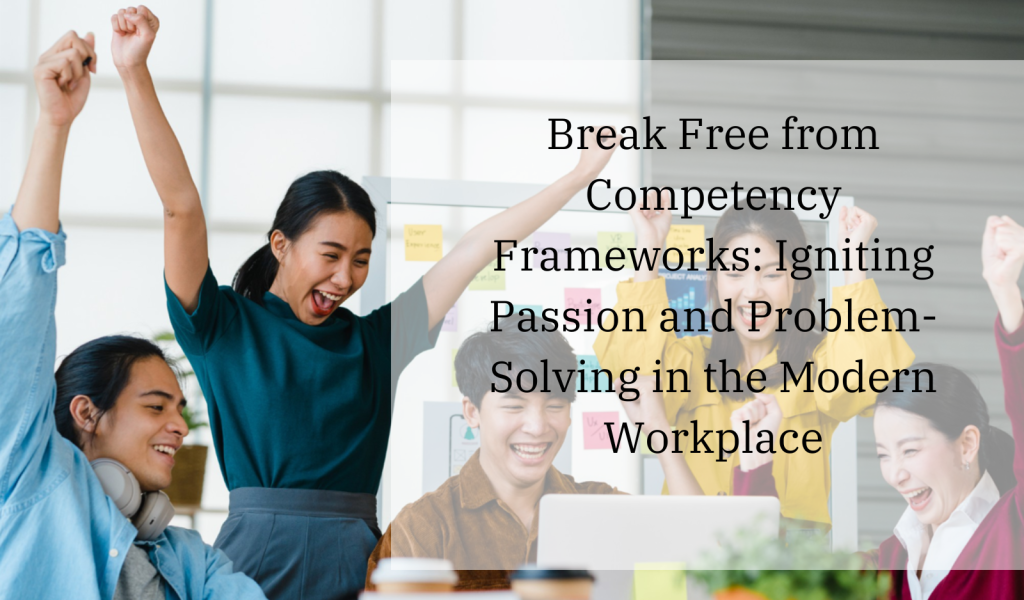In the dynamic landscape of work, the static structure of traditional competency frameworks may fall short in encapsulating the complexity and fluidity of job roles. It’s time to rethink how we define roles, manage performance, and recruit talent.
For decades, competency frameworks have defined the capability requirements of a job. They’ve outlined the knowledge, skills, and behaviors that an employee should possess, informing recruitment, development, and performance assessment processes. But have we become too reliant on them? And could there be a more effective approach?
Competency frameworks were designed to solve several issues, such as the need for more clarity in job roles and performance metrics, inconsistencies in performance management, difficulties in identifying skill gaps and development needs, and challenges in finding candidates who fit the job. While these frameworks have brought some benefits, the dynamic nature of today’s work environment and the availability of increasingly more capable environmental enablers that fundamentally alter the nature of jobs calls for a fresh approach.
In this new emerging post-knowledge era, your capacity to learn and create contextually useful knowledge beats any knowledge you possess at any point in time.
Here are a few proposed shifts in how we might approach competencies in job definition and performance management:

Author
Dehumo Bickersteth
Managing Partner momenta Group
For custom tailored leadership training
- Problem-solving-focused job definitions: Let’s define job roles according to the problems they need to solve, not the competencies they need to possess. With this approach, employees are empowered to manage their competencies with the aim of resolving clearly defined, measurable problems. This shift fosters individual accountability and adaptability, crucial traits in a rapidly evolving workplace.
- Dynamic, adaptive performance management: Rather than assessing performance against a static list of competencies, let’s focus on how employees generate, implement, and adapt ideas to achieve results. This dynamic, adaptive performance management encourages innovation and adaptability, promoting a culture where effort and change are valued.
Dynamic taxonomy of knowledge, skills, and proficiency levels: Instead of pre-determining proficiency levels, let’s develop a dynamic taxonomy that encourages continuous learning. This approach helps employees to understand and articulate their skills, recognize gaps, and continuously improve. The focus is on applying knowledge and skills to perform tasks effectively enough to solve defined problems. - Passion and problem-solving-based recruitment: Instead of fitting candidates to a competency profile, concentrate on identifying individuals with a demonstrated enthusiasm for solving particular problems that deeply resonate with them. Seek candidates who display self-awareness of this connection through their previous experiences. This method not only expands the available talent pool but also adapts recruitment to the changing nature of job positions.
The proposed changes don’t dismiss the value of competencies; instead, they encourage employees to take ownership of their development, embracing a growth mindset. This shift from static competency frameworks to dynamic problem-solving and continuous learning can usher in a new era of performance and development in the corporate world.
Here’s a comparative table that encapsulates these shifts:

The world of work is changing rapidly. By embracing these shifts, we have an opportunity to reinvent our workplaces into vibrant hubs of creativity and progress.
Just think about it. Individuals and teams are now solving complex, fast-moving problems on the fly. Individuals are constantly learning and evolving their skills. Roles and responsibilities are more fluid than ever.
In this new world of dynamic work, human-centered design becomes even more crucial. The “double diamond” model – diverging to explore challenges, converging on solutions, iterating to improve them – is a perfect fit for the messy, nonlinear nature of modern problem-solving.
By adopting new ways of thinking about work, including our approach to designing the job or defining what it takes to do the work (competency frameworks), we can transform our companies into adaptive, innovative ecosystems ideally suited for today’s world. Work can become more meaningful, impactful, and engaging.
But we have to be willing to challenge the status quo. We need to give individuals and teams more autonomy, embrace ambiguity and failure, and focus on human experiences over rigid processes.
The future of work is here. Those who can adapt will thrive. Together, we have the opportunity to unlock higher levels of creativity, productivity, and purpose. The time for reinvention is now. Are you ready to reimagine jobs and go beyond competency frameworks?



